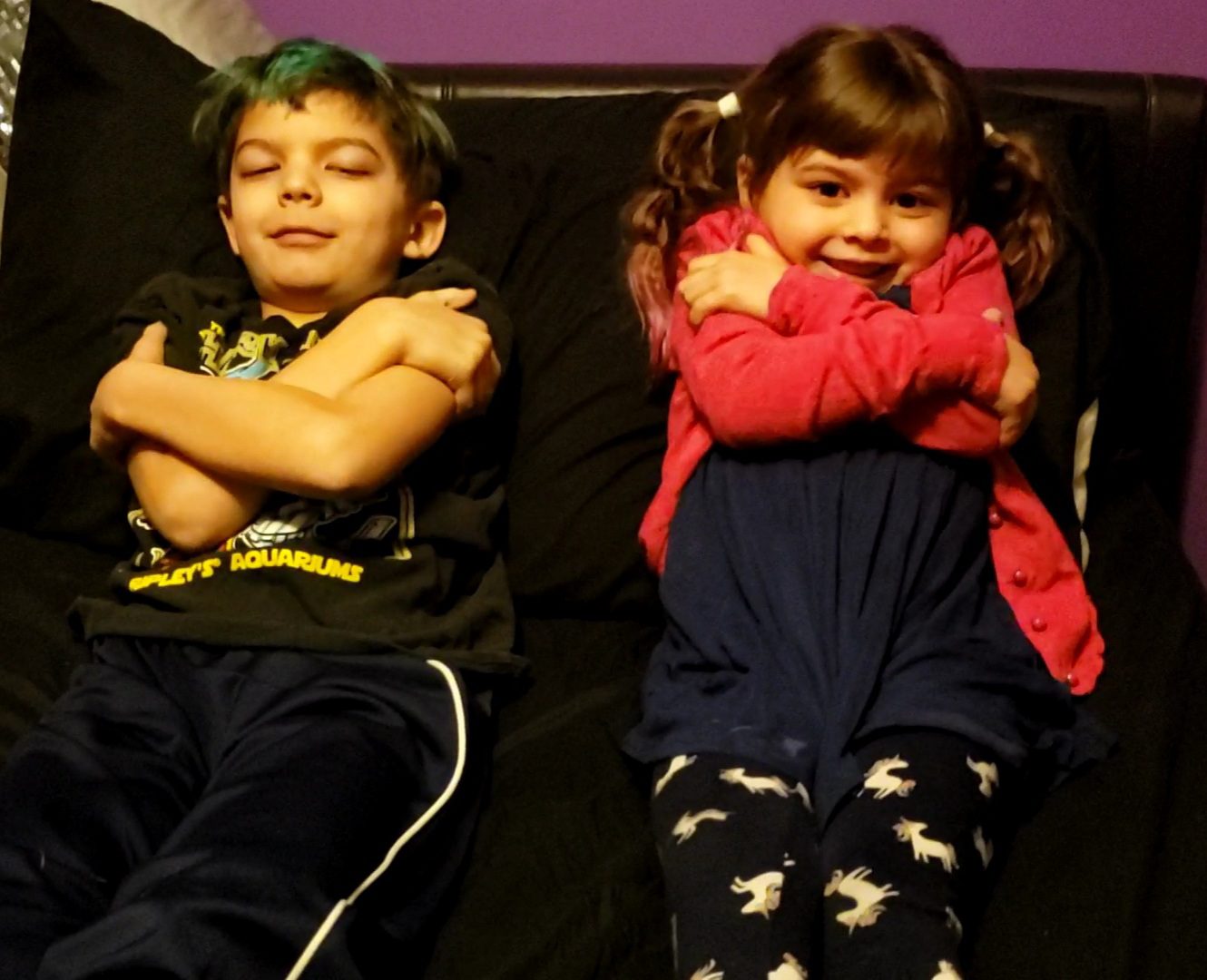
Progressive muscle relaxation is a tool that can be used to help teach the child how to recognize when their muscles are tense and when and how to relax them. The idea behind progressive muscle relaxation is to train the brain to relax when they start to tense up. For this to work effectively it must be practiced while in a calm state. Here are some examples of how to practice progressive relaxation with older children or adults and with younger children or children with exceptionalities:
Progressive Muscle Relaxation for Older Children/Adults
With older children or adults progressive muscle relaxation should be practiced on a regular basis. Find a quiet, comfortable space where you can have the child sitting back or laying down. The speaker must use a calm and quiet tone while going through the script (they are many scripts available online or you can create your own). Start off by doing a few deep slow breathes. Ask the child to breathe in through their nose (you can ask them to smell the flower) then have them release that breathe through their mouth (or blow out the candle). Once they breathing is slow and calm, we will start with the muscles. The goal is to have the child focus on one muscle group at a time. For example, start by asking the child to pretend they have lemons in their hands and ask them to squeeze the lemons. Have them squeeze the lemons for 2-3 deep breathes than have them relax their hands. Move on to another muscle group such as the lower arms, upper arms, legs, face, and mid-section. Finally, have them tense they entire body for 2-3 deep breathes before fully relaxing. You can finish off by a small guided mediation in a place that they find calm.
After the child has practiced this in a calm state for several weeks you can transition it to times of stress. During stress moments the entire script is not needed, focus on the areas that tend up for that particle child. Ask them to tighten that area, such as the hands or face, take a couple deep breathes and release the tension.
Progressive Muscle Relaxation for Younger Children or Children with Exceptionalities
With younger children the process is slightly different, as they may not be able to tense all muscle groups on command or are still learning the areas of their bodies. You can still start off by asking them to smell the flowers and blow out the candles to slow their breathing down and use a soft calm tone. Instead of asking them to make their muscles tight, you will ask them to gently squeeze the area with their hands. For the hands, you can actually give them something to squeeze, such as a stress ball. You will model all the movements for the child until they then that areas on their own. As with the process with the older child, after several weeks of practice in a calm state you can start using this in stressful states. You can ask the child to squeeze the area that feels tight to them or that appears tense to you depending on the child’s understanding.
For more healthy living posts visit our Healthy Living Blog Posts
To keep up with new blog posts you can follow us on Facebook or Instagram
For more fun Fitness Activities find us on Pinterest too.
Or, sign up for our newsletter below for school updates.
Get updates on new classes, hosted events, and more.










